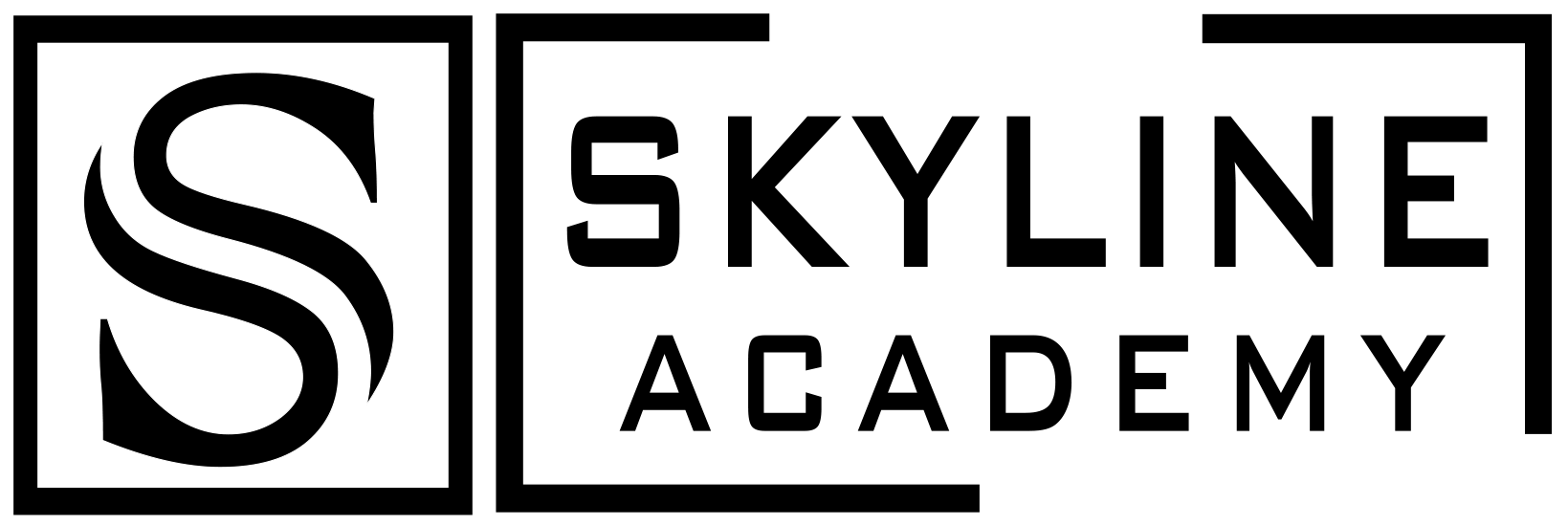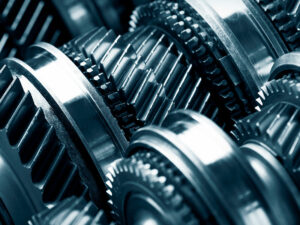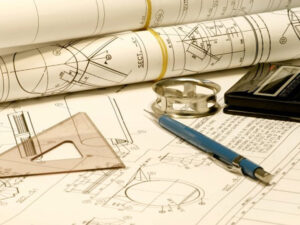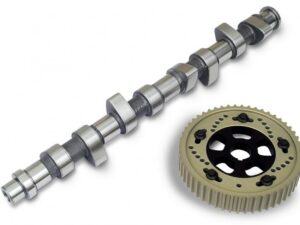GUJARAT TECHNOLOGICAL UNIVERSITY
AUTOMOBILE ENGINEERING (02), INDUSTRIAL ENGINEERING (15) &
MECHANICAL ENGINEERING (19)
MACHINE DESIGN & INDUSTRIAL DRAFTING
SUBJECT CODE:-2141907
B.E 4th SEMESTER
- Introduction:- Concepts of stresses and strain, Combination of Axial, Shear, Torsional, and Bending loads; Theories of Failures; Distortion energy (von Mises) Maximum- Shear stress, Maximum Principal stress, Coulomb-Mohr Theory, Selection and Use of Theories of Failures; Factor of safety, Contact stresses, Crushing and Bearing stress, Application Problems:- Eccentric Loading; Cotter and knuckle Joints; Design and analysis of lever; Cranked , Bell crank, Foot, Rocker arm.
- Beams and Columns:- Different types of supports/ end conditions, Revision of stresses in beams; Effect of section, Orientation, and type of loading; Deflection of beams for different loading condition. Compressive axial loading of columns and struts, Slenderness ratio, Compressive stress and Buckling of members, Effect of end conditions; Eular’s Formula Application, Validity and limitations; Rankine’s Formula, Johonson’s equation; Eccentric loading of long columns.
- Shafts, Keys and Couplings:- Design of solid and hollow circular shaft subjected to torque and combined loading; Design of shaft for rigidity and stiffness; Design of keys; Saddle, Sunk, Woodruff, Square, Flat, Kennedy key and Splines, Design of Couplings; Concept of rigid and flexible couplings, Design of; Rigid flange and Flexible coupling.
- Power Screws and Threaded Joints:- Forms of thread, single and Multiple threaded screw, Terminology of power screw, Torque requirement of lifting/lowering, Self-locking, Efficiency of threads, coefficient of friction, design of screw and nut. Basic types of screw fastening, Cap and Set screw, Bolt of Uniform strength, locking devices, Terminology of screw thread, Bolted Joint; Simple and Eccentric loading, Torque requirement for bolt tightening, Design of turnbuckle, Elastic analysis of bolted joints. Welded and Riveted Joints:- Welded joints; stress relieving of welded joints, Strength of butt and fillet joint, Eccentric load in plane of weld, welded joint subjected to bending and torsion. Riveted joints; rivet materials, types of failure, strength and efficiency of joint, Caulking and Fullering, Longitudinal and Circumferential lap joint, eccentrically loaded riveted joint.
- Tolerances, Limits and Fits:- Introduction, Basic Definitions, Maxximum Metal Condition, Least Metal Condition, Grade of tolerance, Linear and Angular Tolerances, Fundamental deviations, Types of Fits and its basis, Gauge design, Basic Terminology of GD & T, Different tolerance characteristics, symbols and tolerance modifiers, Different aspects of datums, Parameters of surface texture and qualifications, Relation of surface roughness and various manufacturing processes, Surface Lay Indication.









